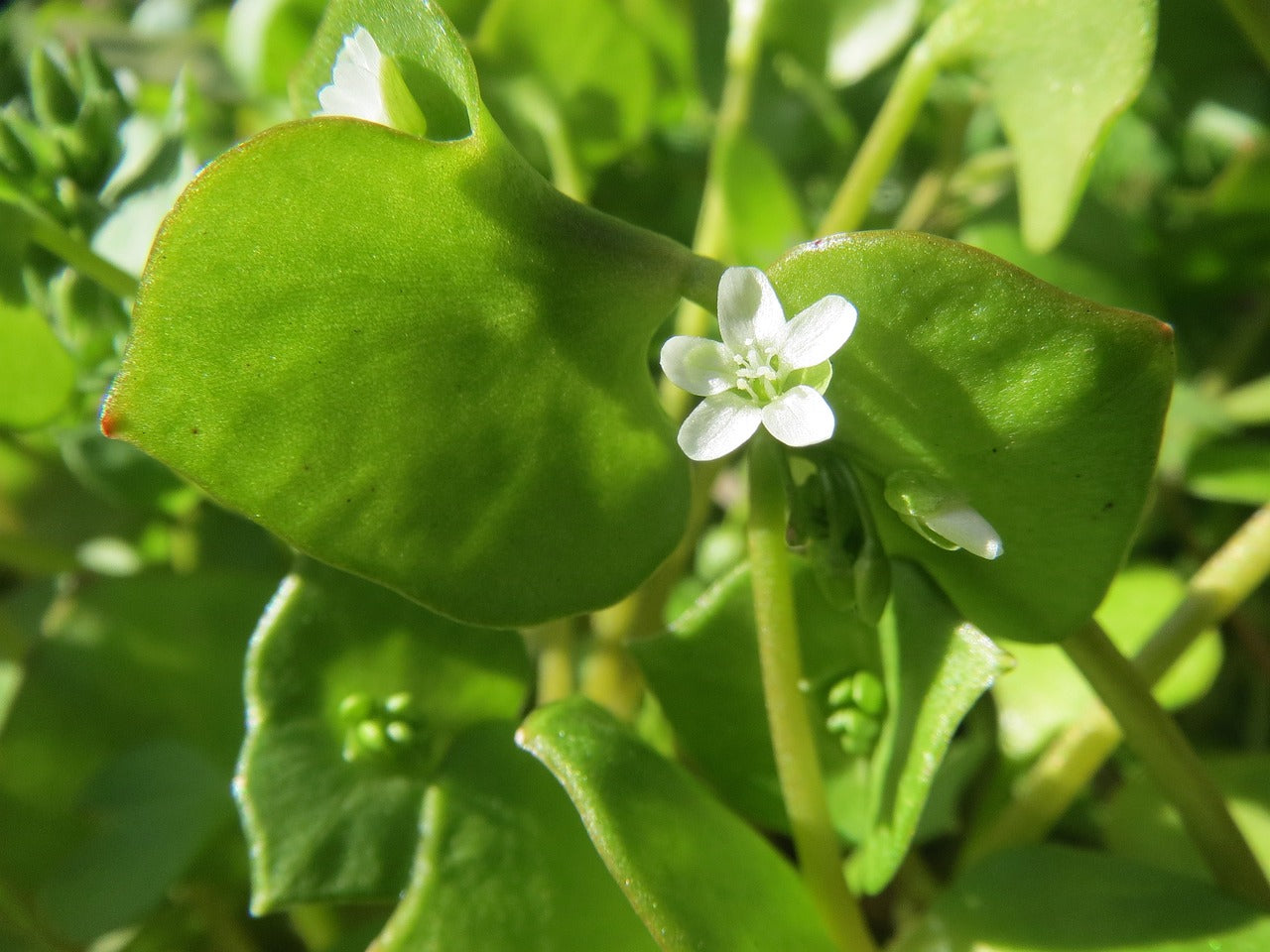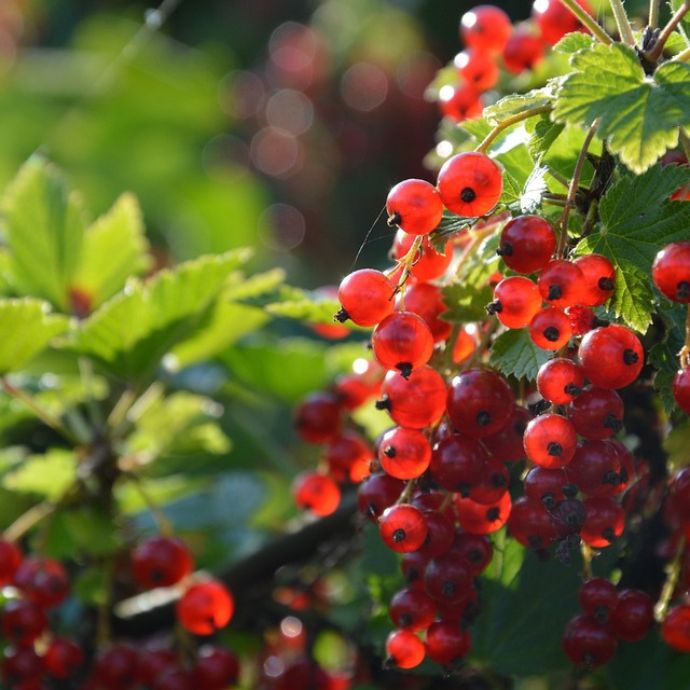Advice & Inspiration
Vegetables to Plant in Autumn
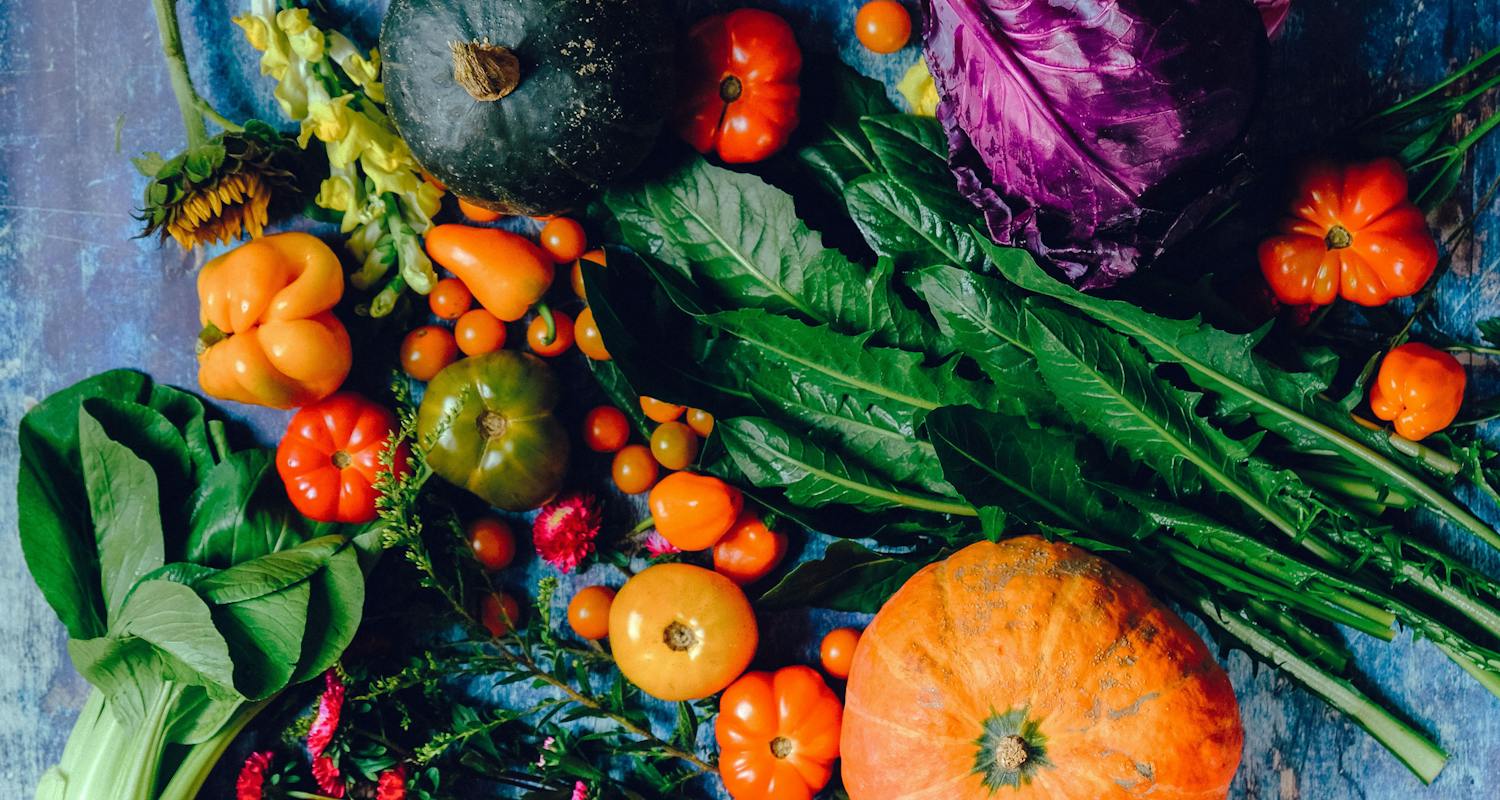
If you’ve had a good crop this summer from your veg patch, you may not be looking forward to winter. Having to buy veg from the shop? Shudder.
With Autumn planting veg, you can have a second harvest in winter and early spring, which will save you from a) standing in the supermarket holding a packet of broccoli exclaiming ‘HOW MUCH?’ and b) having to finally prune that massive hedge because there’s nothing else to do in the garden.
Plant in September or October and you’ll have healthy greens and roots throughout the colder months and beyond, plus the perfect excuse to spend even more time in the garden. Win-win!
Our gorgeous Autumn planting veg are now ready to be delivered to their new homes, so let us walk you through some of our favourites.
1. Beetroot
My favourite way to eat beetroot is spiralized raw in a salad, but they’re also wonderful as a savoury tarte tatin, a vibrant hummus or pan roasted with feta. Our Autumn varieties include Chioggia - a beautifully photogenic beetroot with pink and white rings which has to be the sweetest I’ve ever tasted, and the super smooth textured Cylindra, which has a lovely earthy, caramel taste and can be harvested right from June to October. I find beetroot pretty tricky to grow from seed, but these plug plants are thriving.
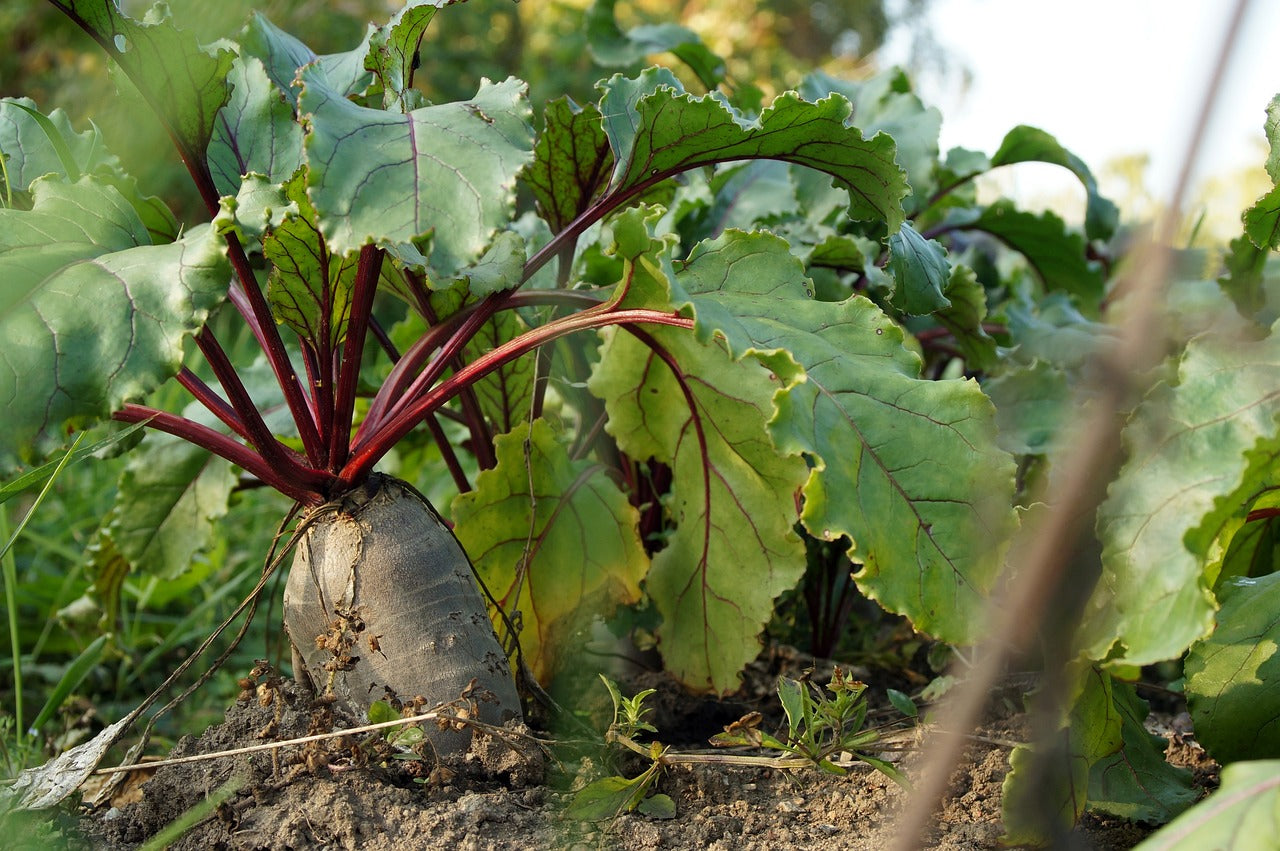
2. Kale
My child once got detention for eating kale during a history lesson. That was a fun phone call. If you prefer to cook it first, kale makes wonderful crisps, and is also great in stir fries, pasta dishes, pesto and smoothies. We’ve chosen this Dwarf Curled Green variety because it’s exceptionally hardy, produces heavy crops and can even be grown in pots, giving you a constant supply of healthy greens over autumn and winter without the hard work.
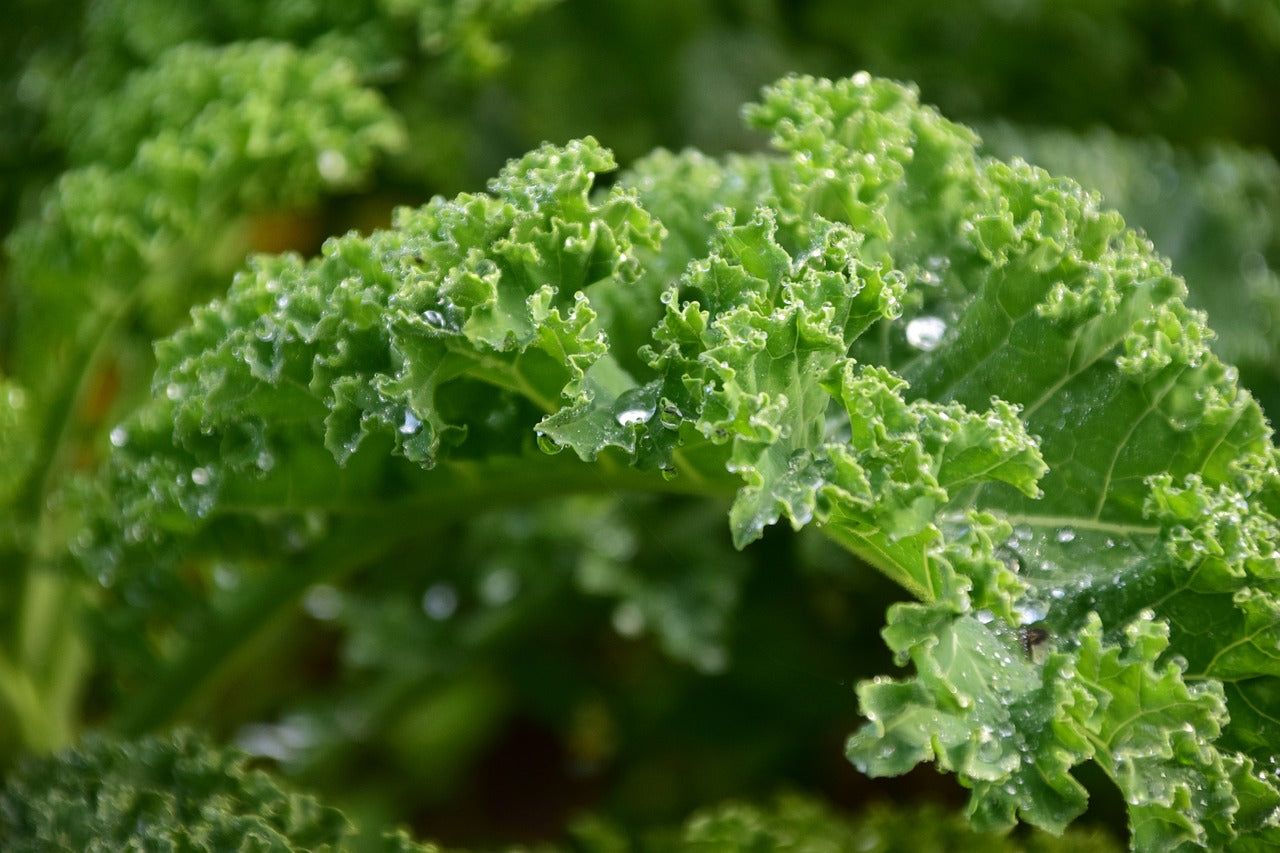
3. Lettuce
Lettuce over winter? Surprisingly, yes! There are lots of hardy salad leaves you can grow successfully over the winter, as the colder weather makes them less likely to bolt and reduces the damage from pests. So step away from the overpriced Iceberg and grow something tastier. We love Winter Density (sweet, crisp and buttery, like a Cos), Arctic King (a crisp and juicy Butterhead variety) and the French Heirloom lettuce Marvel of Four Seasons, a red and green lettuce with a lovely texture which you can harvest before Christmas if grown under a cloche. Why not pair them with Mizuna, Endive, Chicory or Mustard to give your salad bowl some bite?

4. Turnips
No, not those rock-hard ones your Grandad used to carve into Hallowe'en lanterns. These turnips are quite the gourmet ingredient on the quiet. Harvested young (when they’re about the size of a golf ball) they’re sweet and tender with yellow (Golden Ball) or white flesh (Sweetbell) and a lovely nutty flavour. Once they’re mature, you can just leave them in the ground until you need to use them - it doesn’t get fresher than that. Great for stews and roasts, but also tasty enough to grate raw into salads or make a Middle East style pickle.
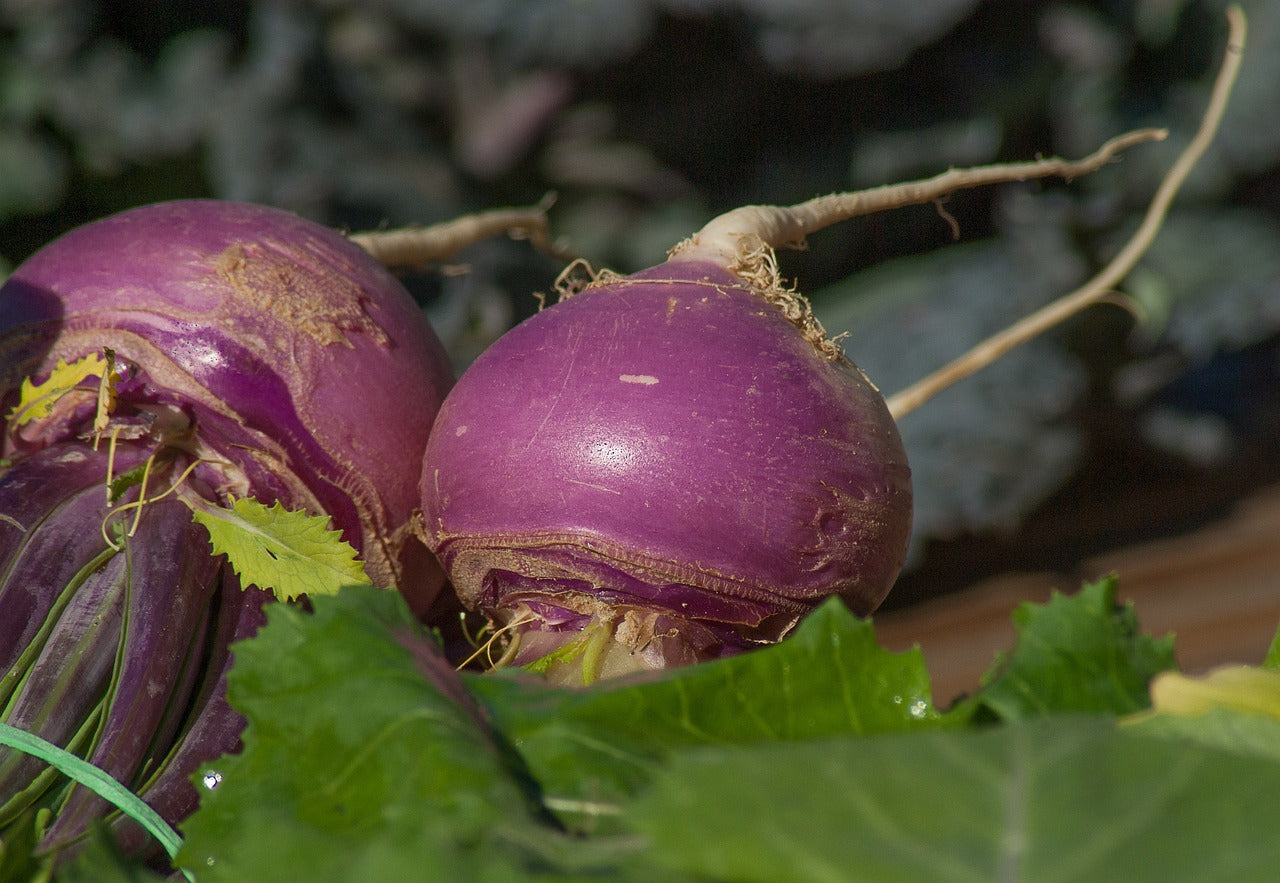
5. Chard
Bright red Rhubarb Chard will liven up your garden as well as your plate. Roast the stems like you would with asparagus for a paella or a risotto and wilt the leaves like spinach. It’s so versatile - the young leaves can even be used in salads. This is a lovely looking plant which doesn’t take up much space so you can even grow it in borders or pots.

6. Land Cress
Peppery Watercress has got to be in my top three veg - when it’s in season in May, I try to get as much of it into salads, soups, tarts and stir fries as possible. Pretty impossible to grow though, unless you have your own river. Enter Land Cress - it tastes remarkably similar but you can grow it in your veg patch quite easily. Best of all, you don’t have to wait until May - plant it now and you’ll get a continuous harvest from November right through to March.
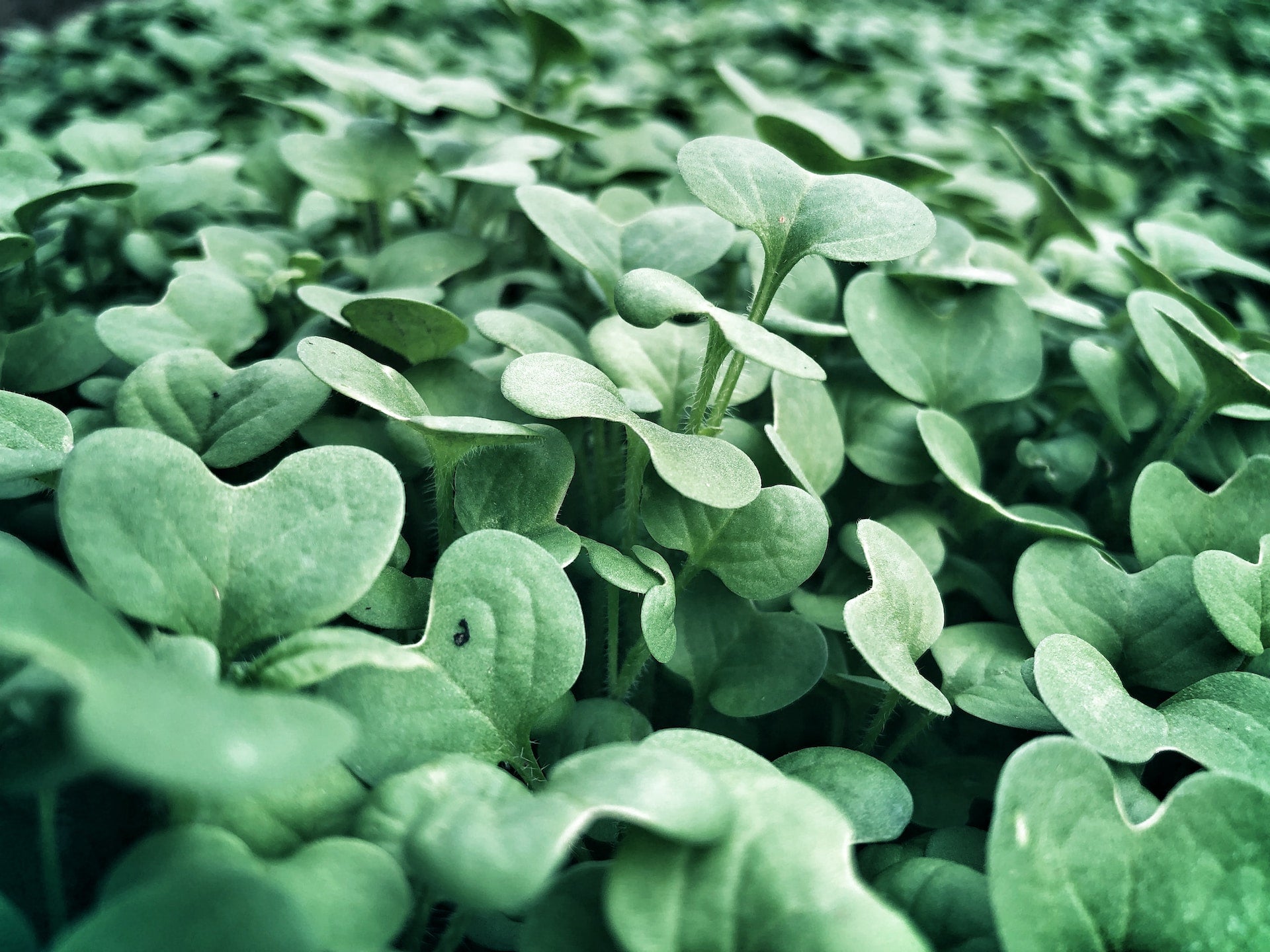
7. Purslane
I love eating foods our ancestors grew, like Medlars, Quinces, purple carrots and Mulberries! Purslane is another one of those fabulous heritage foods (the Tudors couldn’t get enough of it.) Like many native foods, it fell out of favour because it’s difficult for the supermarkets to transport, but grow Purslane in your garden and you’ll have endless supplies of this succulent salad leaf with a taste somewhere between citrus, apples and mangetout (really!) It’ll add flavour to tarts, quiches and pasta too. Fun Purslane fact: the earlier in the morning you pick it, the more sour it tastes (due to fluctuating acidity levels) so set your alarm if you like it tangy…
